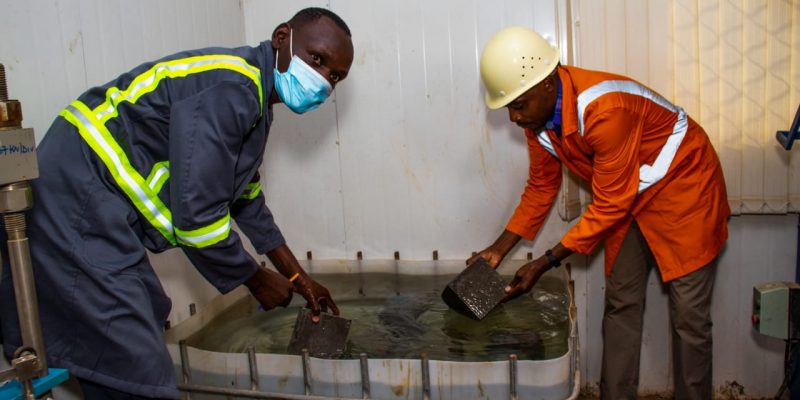Quality matters when you are doing any construction, so you need to do a quality quick check to ensure you are using the right concrete. Knowing how concrete will be cast, cured, and positioned on site is crucial. But knowing how to check the quality is the most critical for your construction project.
At Rhombus, we work closely with suppliers to ensure that we consistently deliver products per their requirements and above their expectations. We also ensure every raw material and the final products are rigorously tested at independent laboratories to meet international standards.
The renowned Rhombus quality is also guaranteed by our team of highly qualified and massively experienced technical team who assure quality at the batching plant and on the construction site. They apply a non-destructive and non-intrusive mechanism for quality testing as listed below:
Five Top Quality Test for Concrete
1. Slump Test
It is the test that helps to determine the concrete workability. A sample of the fresh concrete is taken for slump tests immediately after batching. A sample is also taken for a comprehensive strength test. The tests help to ensure the manufactured ready-mix concrete complies with the design mix proportions before the batch is delivered to the construction site. The quality engineer retakes a slump test when the batch arrives at the site.
2. Compression Test
A quality engineer does this test to establish the strength of the concrete core. It is a quite reliable and cost-effective test that helps you ascertain the quality of your concrete. You will have to take concrete from a completed structure through cutting or sawing, and a compressive strength test is done. You will need to know where to pick the core and how many cores will give you the most accurate result. Two or three samples suffice, depending on your specifications.
3. Water Permeability Test
Of course, you must check the concrete water permeability, and this test helps ascertain its durability. You will need to take three cubes from the fresh concrete after 28 days have elapsed and carry out the test according to the approved standards.
4. Pull-out Test
The test involves small testing equipment that is attached by exterior bolts, screws, or nuts. The equipment is then pulled until it reaches a target load stress, where the concrete’s strength and security are then ascertained. The pull-out test is often used for earlier examination of concrete strength.
5. Ultrasonic Pulse Velocity
It is a modern and one of the most suitable quality test methods to detect structural problems, damages, and ascertain concrete quality. Traditionally used majorly on construction material such as metals, with transducer technology improvement, it has been one of the best concrete tests for quality.

